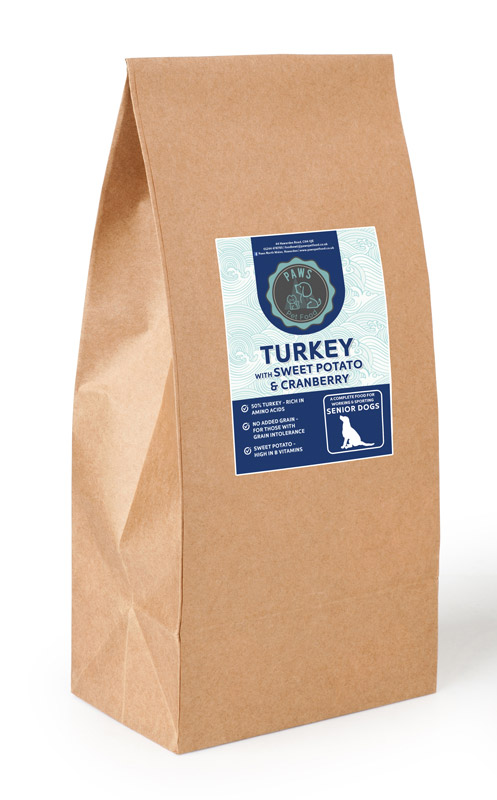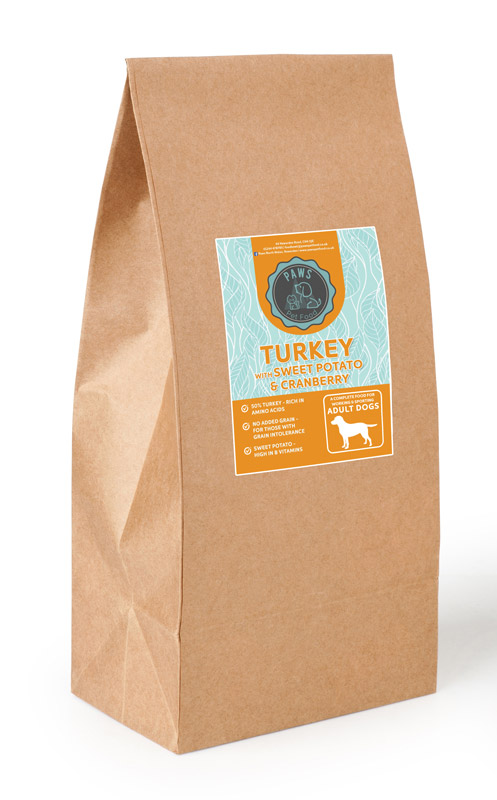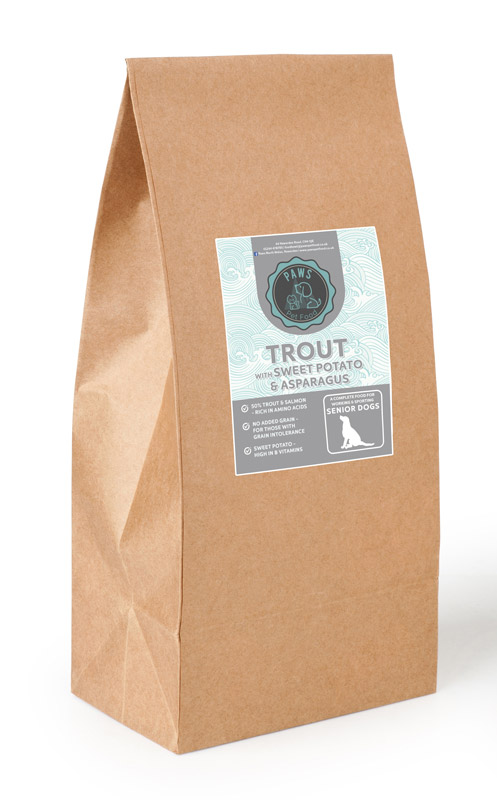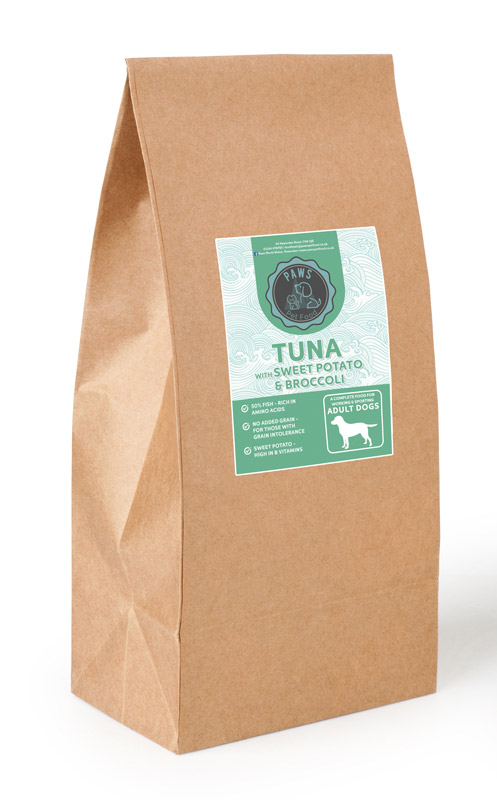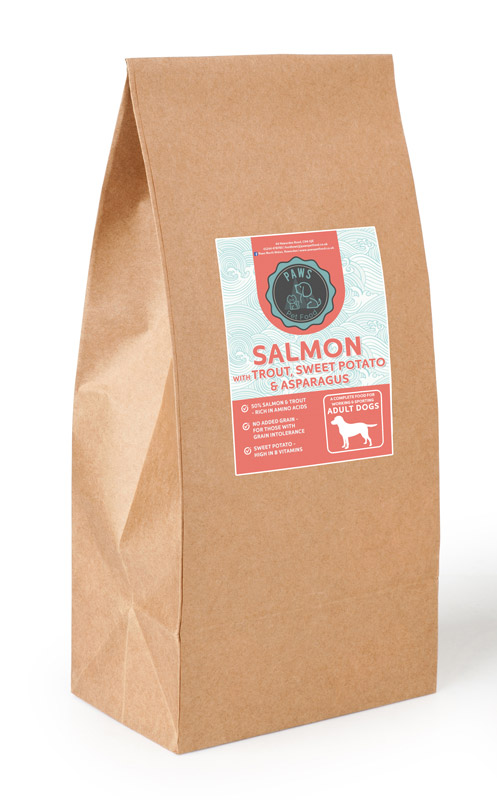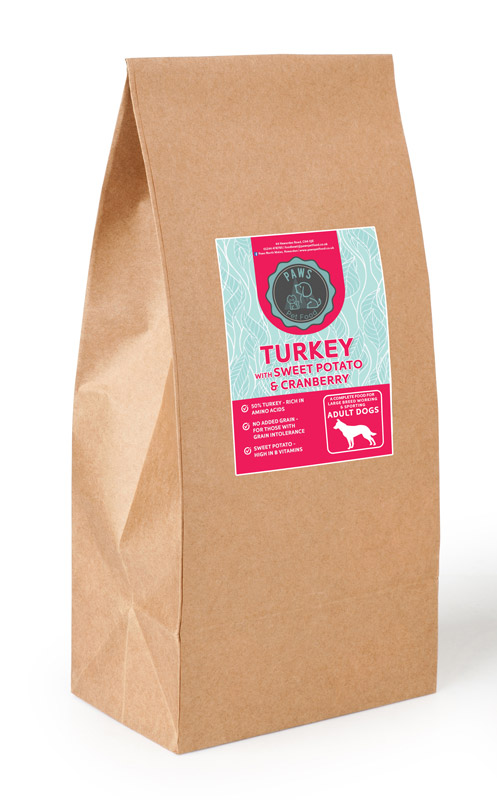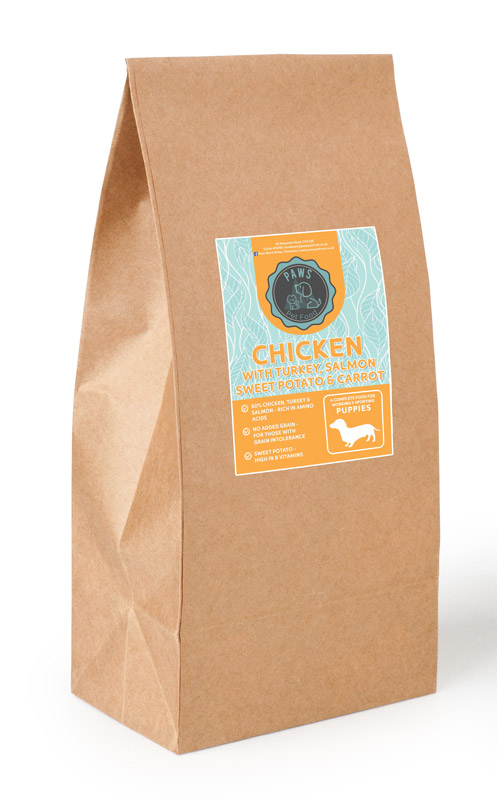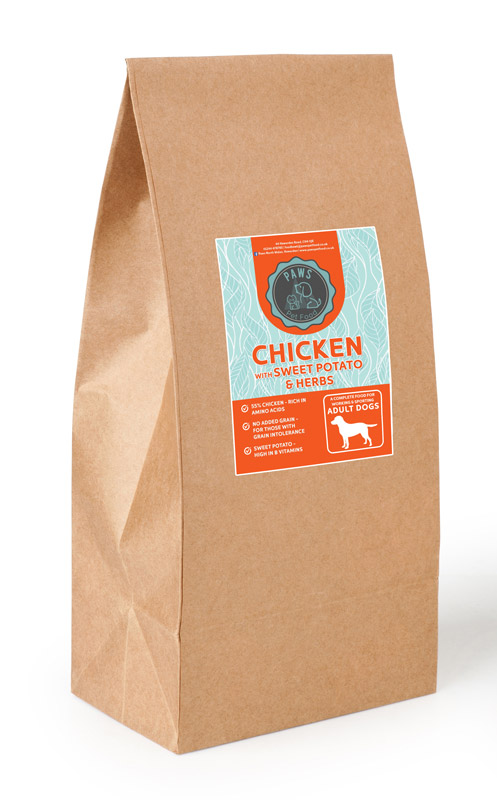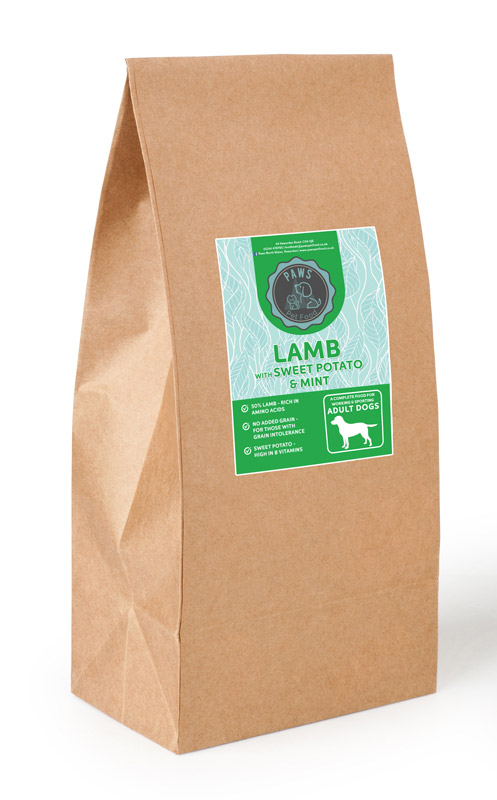A commonly asked question by pet owners is ‘do dogs have a taste?’
The answer to that question is yes. But why do some dogs prefer certain flavours to others?
And how our recipes provide the best experience for a dog in terms of taste and ensure that they get the finest nutritional diet? This article will look to provide you with a better understanding of how a dog tastes their food.
A dogs sense of taste
On average, humans roughly have 9000 taste buds on their tongues, while the average dog has 1700. It is estimated that their sense of taste is about one-sixth as powerful as ours. However, dogs can still taste sweet, sour, salty, umami and bitter foods. They also have an additional taste geared for water due to special taste buds that react to water as they drink and become more sensitive as they become thirsty.
The role of smell
Smell and taste are closely related, with both playing a crucial role in how a dog experiences their food. The sense of a dog’s nose is significantly stronger than humans, with a total of 125 million sensory glands compared to humans with 5-10 million glands. As a result, their sense of smell gives them a better taste of what is in the bowl and plays a prominent role in gathering information about their environment, including their food.
Picky Eaters
- Training the dog to eat at specific times of the day
- Limiting the number of treats and table scraps they are given
- Keep the food fresh by ensuring the packaging is sealed or closed properly
Our range contains a wide selection of recipes, with a large amount of different animal protein sources for all types of dogs.
We also press our own oils on-site in small batches using dedicated equipment that operates similar to a kitchen salad spinner where the oil is squeezed away from the meat.
This allows us to coat the kibbles with high-quality fats and oils, seen normally in human foods, and gives us the full traceability back to the source, from the farm, fishery or boat. This not only provides superior palatability and traceability but also higher food quality.
These oils are so fresh the laboratory testing finds little to no signs of oxidisation or ageing.


















